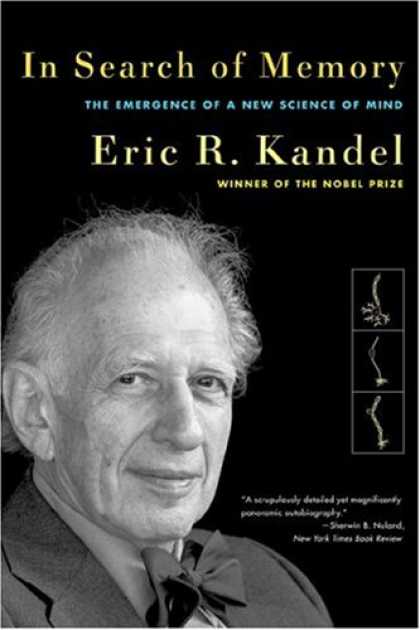Today in metaphysics I had to write up an impromptu response to the question: “Is memory important to Personal Identity?” I only had thirty minutes to write and not much time to prepare, so it’s a little rough, but I am nonetheless satisfied with what resulted, so I’ve reprinted it here:
———————————————————————
Memory is not vitally important to personal identity. This is not to say that it is not useful to our everyday determination of “who’s who,” more on that later, but we can show that it is possible to maintain personal identity without maintaining memory.
Consider the case of Tom, or case 1. Tom is about to be tortured. But the torturer, being a slightly nice guy, proposes the following: before torturing Tom, he will wipe all of Tom’s memories. Should this make Tom feel any better? “Of course not,” I would expect Tom to reply, “I’ll still be tortured, I just won’t remember that it’s still me who was tortured!” So we are not making the situation any better—we are actually making it worse! Not only are we going to torture Tom, we are also going to turn him into an amnesiac! If this case is persuasive, then we have shown that memory is not necessary for personal identity.
But I think we can go one step further and show that it is not sufficient either. Consider case 2: Exactly the same as before, except this time we will not merely erase Tom’s memories, but instead transfer them to another body, say, Jane’s body. Now, who would Tom, pre-memory transfer, want us to torture, Tom’s body or Jane’s body? I think that, thinking only of himself, he should want us to torture Jane’s body, and here’s why: this case is no different from the first. If removal of memory is not enough to remove personal identity, as the case 1 seems to show, then how could implantation of memory create a person? If it were able to do so, then we would have two “Toms” at the end of the procedure: one amnesiac Tom in Tom’s body and one “normal” Tom in Jane’s body—but this seems to be obviously mistaken, Tom can only be in one place at a time! So which Tom is illusory? Well, if we stick with our judgment for case 1, then it seems we have to say that the “Tom” in Jane’s body is the illusory one. It’s not really Tom, Jane just thinks that she is Tom. Tom is still in Tom’s original body. If all of the preceding is true, then we have shown that memory is neither necessary nor sufficient for personal identity.
At this point, it would be prudent to evaluate just what it is that we are saying, and just what we are not saying. The preceding argument aims to show that memory is not important from a metaphysical standpoint—but this says nothing about the epistemic standpoint. In real life, memory is often all that we have to go on for determining personal identity. How do I know that I am the same person as I was last week? Because I have the memories of what I did last week! If we agree with the preceding argument, though, it would seem as if we were contradicting ourselves. We cannot determine our own identity based solely on our memories. Well, okay, maybe we can’t, for all we know, some mad scientist implanted some false memories into my brain while I slept, and I am not who I think I am, this is not outside the realm of possibility. But it seems pretty unlikely—so, inferring to the best explanation, that barring unusual circumstances memory goes hand-in-hand with personal identity, I conclude that I am most likely the same person as my memory tells me I was last week. It’s not certain, but it is very likely. It’s important to note here, though, that these are all epistemic worries. They tell us nothing about the metaphysics of personal identity. I can use memory as a good “indicator” of personal identity, so in that sense it is very important to our conception of personal identity, but that does not mean that the two are inextricably linked. As an analogy, if I hear a dog bark, I usually infer that a dog is nearby, but for all I know someone is merely playing a recording of a dog’s bark and there is, in fact, no dog nearby. Personal identity refers to the dog, and the recording of a bark is the memory of Tom in Jane’s body.
———————————————————————
There’s a technical point about memory that I did not have time to address in my original response, but which I want to bring up here. In order for something to really be a memory, it has to stand in a causal relation to the event that it recalls—that is, the event that it recalls has to itself be what caused the memory to exist. So in this sense, I probably have many things that I would call “memories” in my head that are not truly memories. Perhaps I am misremembering something, or perhaps I have heard a story of my childhood so many times that, even though unbeknownst to me my own memory of the event is gone, I have recreated the scene in sufficient detail for me to be able to picture it vividly. On this definition of memory, Jane never really had memories of Tom’s life. They felt like memories to Jane, but since they were not caused by the events in Tom’s life, but rather by the torturer’s memory implantation, they are not, in this strict sense, true memories. If you were to adopt this more nuanced view of memory, then a memory theory of personal identity may be more plausible. Unfortunately though, you can still show, as per case 1, that memory is not necessary for personal identity.
